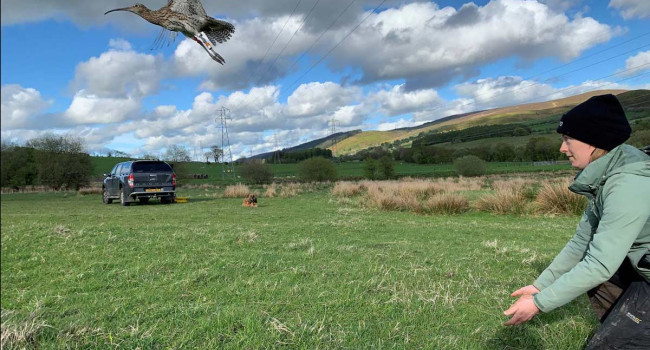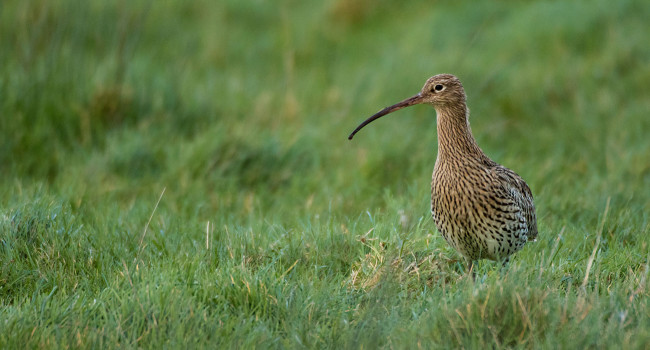Demographic Targeting
When was the last time you noticed a colony of House Sparrows? When I first moved into my house, sparrows were a regular sighting (second species for the house list!) but now they are few and far between. Yet, just round the corner, near some council flats, they appear to be thriving. This is a pattern BTO fieldworkers (and others) have reported in towns and cities across Britain. The House Sparrow, once ubiquitous, now occurs quite patchily – there are definite ‘hot’ and ‘cold’ spots in its occurrence. This, of course, reflects a national decline in numbers; although there are roughly 10 million House Sparrows in Britain today, in the 1970s that number was nearer 30 million (see the BirdTrends report).
But why this difference? What causes some populations to thrive, whilst others seem doomed to extinction? At the end of the day it comes down to accounting. Is the number of young that fledge each year and survive to start breeding sufficient to balance the number of adult birds that die? If more reach breeding age than die each year, the young birds will start dispersing to new areas and the population will expand (as House Sparrows have done in North America and South Africa); if not, the population will gradually disappear. The way to work out which is happening, is to embark on a programme of nest-recording (to work out how many young are being produced) and ringing (to work out how well birds survive).
Being able to come up with numbers for productivity and survival enables us to identify which might be causing the population change. It is through analyses such as these that we know, for example, that: weather and habitat quality on the wintering grounds affect the survival, and hence population size, of many migrant species; breeding success in seabirds is driven by changes in both climate and fisheries; and that Lapwings have declined due to a reduction in productivity associated with changes in grassland management.
Understanding how processes that affect productivity and survival operate is thus a powerful way of identifying reasons for population change. Where several species are undergoing similar changes, this can alert us to broad-scale changes in the environment that affect a wider range of species. One of the best demonstrations of this concerns farmland birds. It is easy to forget how far our knowledge of the impact of agriculture on birds and other wildlife has come in the last 20 years. It was only through analysis of survival rates from ringing data that we came to appreciate the importance of winter food supplies and winter mortality. Previously many people were blaming loss of hedgerow, a much more visible change in the landscape, for the reduction in numbers of farmland species. This, and similar information, has been used widely by the Government and others to influence conservation policy and decisions, for example in the targeting of agri-environment schemes.
It is now over 100 years ago that Hans Christian Mortensen first ringed Starlings in Denmark to study their movements, and ringing has revealed a huge amount about bird movements since then. Ringing continues to provide vital information today, for example in assessing risk of disease spread, but ringing also has much more to tell us about year-to-year changes in the fortunes of our bird populations. Increasingly, ringing is being brought together with other schemes, such as the Nest Record Scheme, as part of the BTO's Integrated Population Monitoring Programme.
To improve the quality of our demographic monitoring, and increase the contribution that the Ringing Scheme can make to this, we have developed a targeting strategy to guide ringers over the next few years.The overall aim of this strategy is both to understand the mechanisms of changes in the abundance of individual species and to contribute to monitoring of wider biodiversity and environmental change. We will, therefore, focus effort on a suite of key species that are representative of different habitats, ecologies and life histories. Within the Ringing Scheme the most useful demographic information is likely to come from structured schemes such as Constant Effort Sites (CES) and Retrapping Adults for Survival (RAS) where there is some consistency in recapture effort over time. Similarly nest recording is more likely to yield high quality information when it is based around systematic coverage of defined study areas.However, ring recoveries from 'general' ringing will continue to provide an important means of estimating survival rates for those populations from which sufficient individuals are recovered. In particular, this is often the only way to get good direct estimates of post-fledging and first year survival.






Share this page